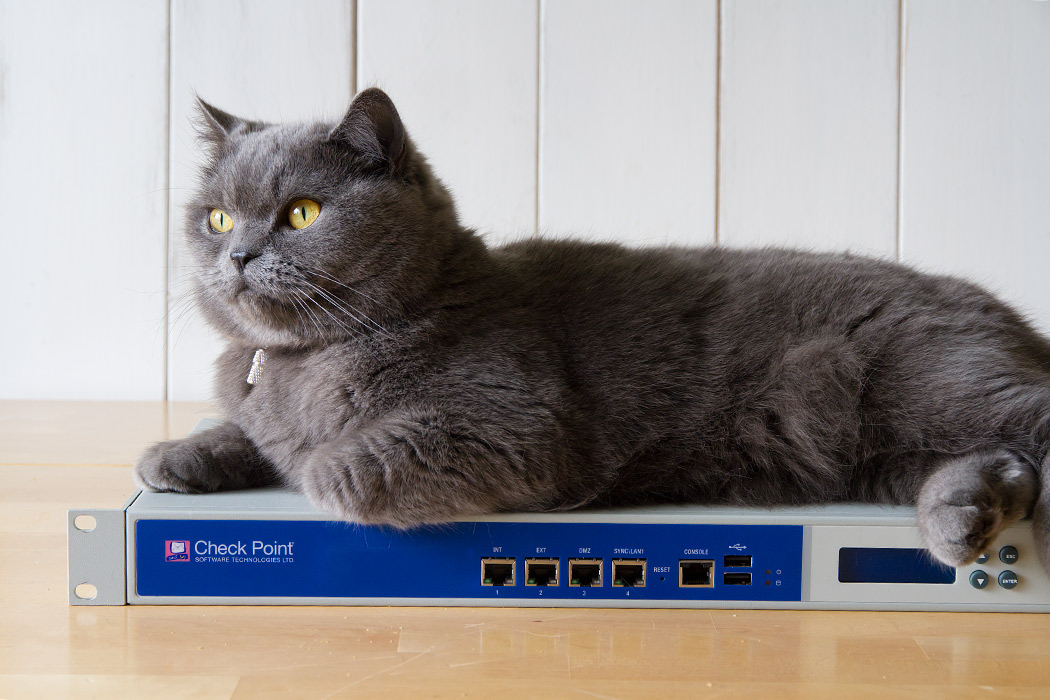
Hello, this is IT Center Blog.
Company news from the first hand: everything that happened in IT Center yesterday, the day before yesterday and last Thursday. All publications are cleaned from white noise and synchronized with RSS feed.
Tags
All images © 2009–2023 www.svetlanalarina.com
Unauthorized use and/or duplication of text, photo and video material without express and written permission from IT Center Blog’s author and/or owner is strictly prohibited. Excerpts and links may be used, provided that full and clear credit is given to IT Center Blog with appropriate and specific direction to the original content.
Scan. Print. Compare.

IT REPARO ticket with the following: the Customer asked us to make the scanned warehouse documents print 100% of the size of the original. So the document is scanned, the resulting image is printed, and the printout has the size of the original.
In the beginning we thought that it's an April fish. However unwinding the situation it turned out that together with the goods, the Customer passes a package of documents with authenticated copies of certificates to the forwarder of his customer.
Simultaneously the employees of one respected government department took the rule of measuring the line of an impression of the scanned and an impression of the «original» blue print, which the copy was assured. If the difference in the sizes of the two impressions was at least 1 mm the document was declared invalid.
The Customer scanned all of its documents in PDF and TIFF format and then printed them through Adobe PDF Reader. But even when the print settings were 100% scale the printed copies were always slightly smaller than the scanned original. This is due to the presence of fields on a sheet of paper on which the printer can not print: the scanner handles the entire A4 sheet and when printing the Adobe PDF Reader editor proportionally narrows the scanned image and already accepts it for 100%.
Another of the important conditions of the Customer was the simplicity and reliability of printing such documents with a 100% scale because documents are printed in a very large number by ordinary warehouse employees.
After a long test (a small change in scale due to unprintable areas by most software developers is not considered a change. Hey, guys, you're wrong!) the right software was still found: XnView. Unlike other solutions it does not compress the image but cuts it around the edges just over unprintable areas. In addition there is no special qualification for using XnView simply by clicking on the 'print' button.
A person with a ruler considers such copies to be valid, the Customer's problems due to inconsistencies in the size of the impressions on the documents are a thing of the past. Well, we closed the next ticket in IT REPARO.

